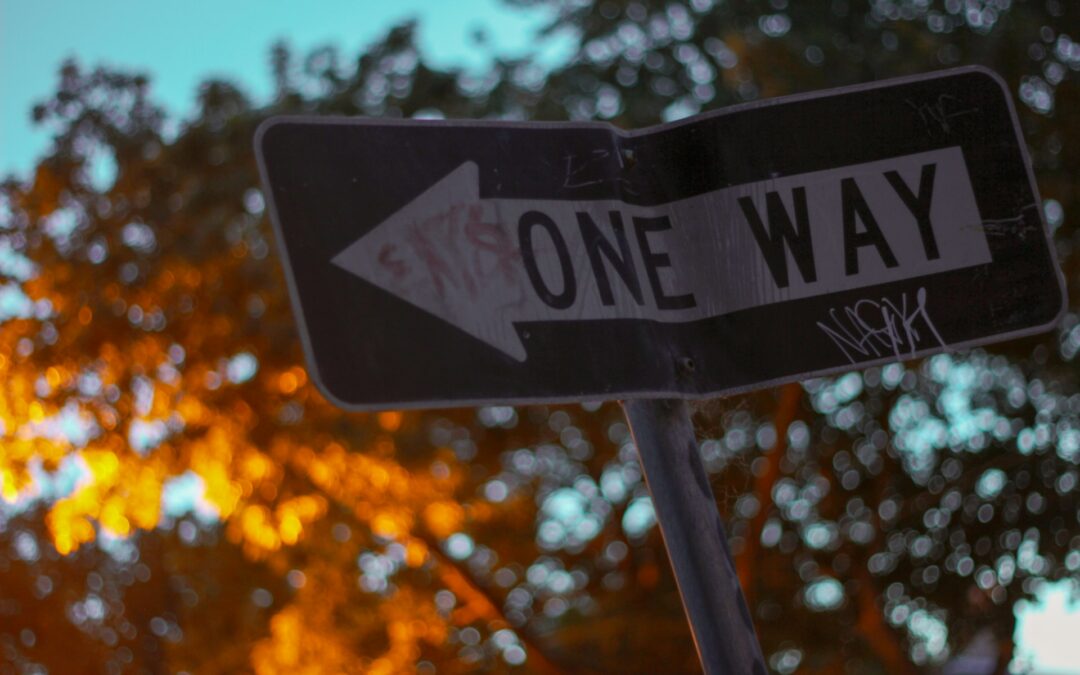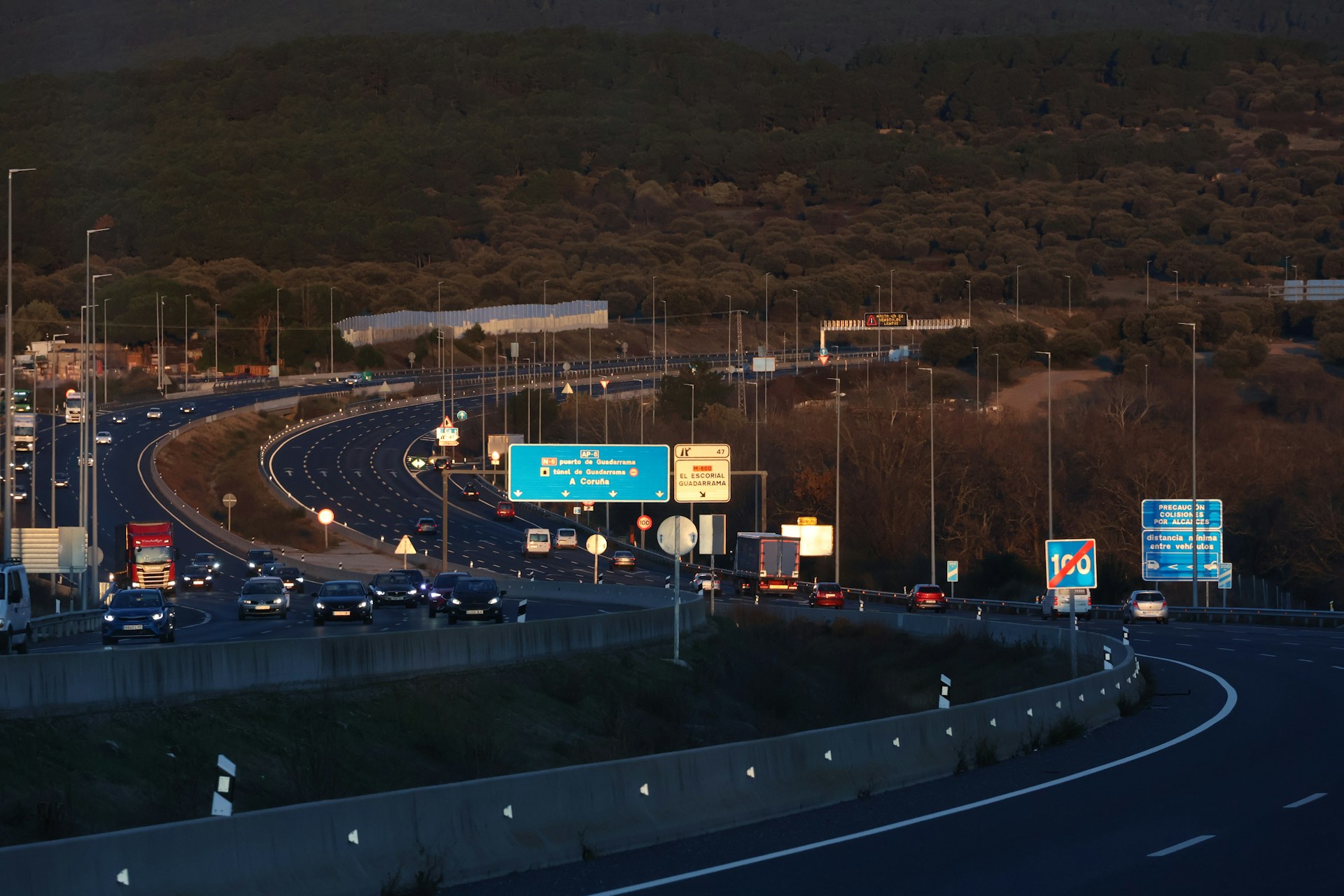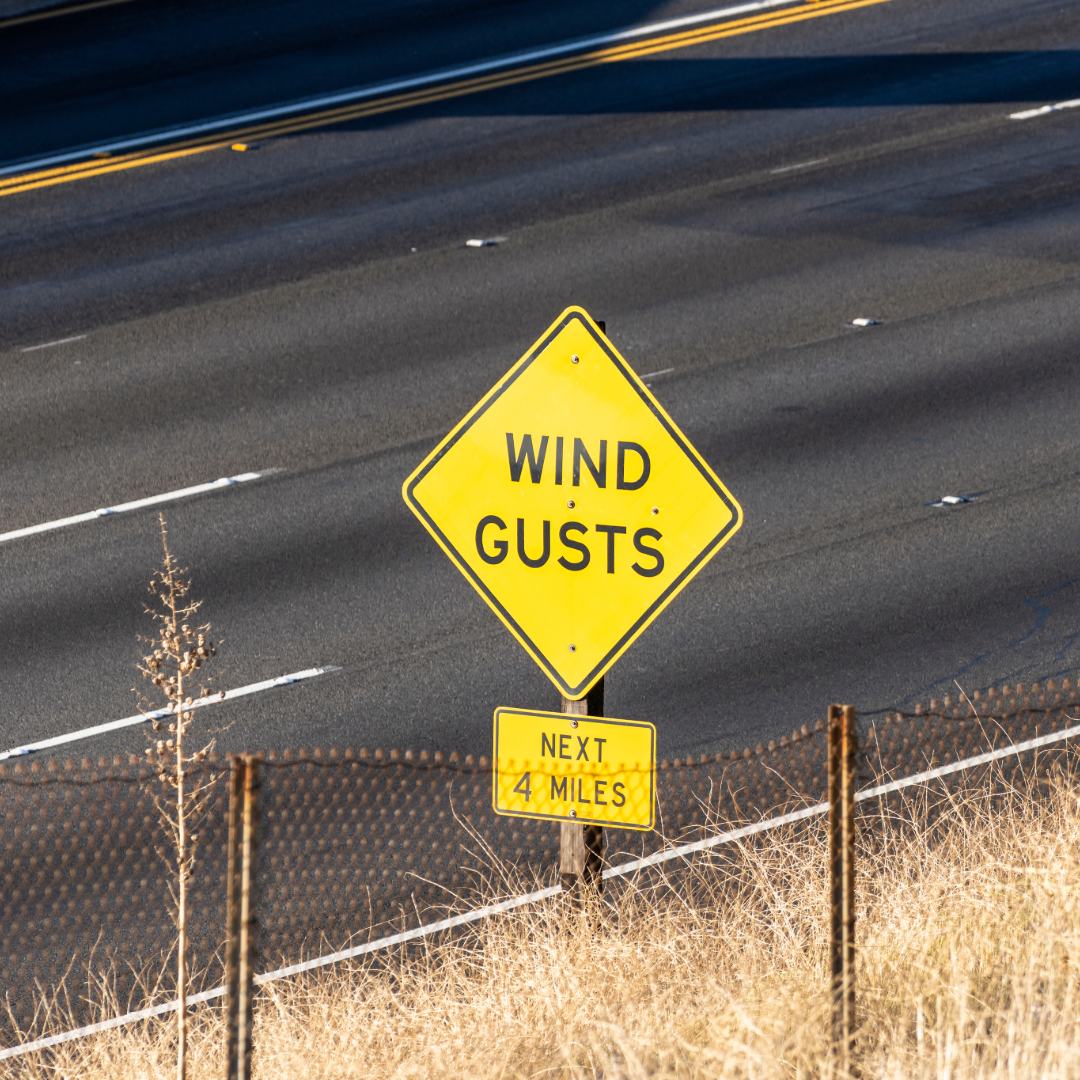Reflective traffic signs play a big role in keeping roads safe, especially once the sun goes down or during bad weather. These signs help drivers identify lanes, spot turns, and stay alert to changes in road conditions. But when their coating starts to wear off, it gets harder for headlights to bounce back, making those signs dim or even invisible at night.
When the reflective layer is damaged, signs lose their brightness. That dim look isn’t just a minor flaw. It can lead to missed signals, last-minute swerves, or confusion in high-traffic areas. Keeping those coatings in good shape can make sure signs stay clear, sharp, and reliable every time someone hits the road.
Signs of Damaged Reflective Coating
Even high-quality sign materials wear down over time. Weather, dirt, and regular exposure can dull the coating or strip it away altogether. Knowing what to look for helps catch the problem early before the sign becomes a safety risk.
Here are some common signs the reflective coating might need attention:
– Faded or washed-out colors: Red, yellow, and white should look bold and solid. If they look pale, dull, or faded, the coating has likely worn thin.
– Loss of reflective shine: Hold a flashlight to the sign at night. If the light doesn’t bounce back evenly, or the sign looks dull from a distance, the coating may be failing.
– Peeling or flaking: If you notice the surface of the sign is peeling, curling at the edges, or flaking off, the topcoat has been compromised.
– Spotty or uneven reflection: A well-maintained sign should reflect light smoothly across its surface. If parts seem dim while others shine brightly, the reflective material has started to break down.
An example of this can be seen in older neighborhood speed limit signs. Over time, passing cars splash up water and road grime that slowly wears down the material. Add in sunlight day after day, and the sign might go from bright and shiny to dull and hard to read in just a few seasons. Noticing that shift early makes it much easier to fix with less hassle.
Common Causes of Reflective Coating Damage
Even the best signs out there can start to fail when exposed to rough conditions. Some causes can’t be avoided completely, but knowing what’s behind the damage makes it easier to prevent or fix it.
- Weather exposure: Sunlight, especially UV rays, breaks down paint and reflective materials over time. Rain, snow, and ice can seep into cracks and wash away coatings little by little.
- Physical impact: Flying debris during windstorms, road work equipment, or lawn mowers in tight areas can scrape or dent signs. The reflective layer is thin and can tear or flake after just one bad hit.
- Vandalism: Spray paint, stickers, or scraping can remove or hide the coating. Even attempted cleaning after vandalism can cause more wear if abrasive material is used.
- Low-quality materials: Signs made from lower-tier reflective film or installed without proper technique usually don’t last as long. Shortcuts saved upfront can lead to early failures later.
- Installation issues: If the surface wasn’t clean ahead of time, or bolts were over-tightened, the film may not stick properly. It could peel back sooner than expected, especially around the edges.
Understanding where the damage comes from helps long-term. Simple steps, like better placement or upgrading signs that are more exposed, can reduce ongoing issues. Next, let’s look at how to fix signs already showing wear.
Steps to Fix Damaged Reflective Coating
Once you’ve spotted signs of damage, the next step is to get those signs looking new again. While it might look like a simple job, fixing reflective coating takes the right process and materials to make sure it lasts. A poor fix can wear out just as quickly, wasting time and maybe even raising safety risks again.
- Clean the surface properly: Start by cleaning the sign’s surface. All dirt, grime, and faded coating pieces need to be removed before doing any repair. This helps the new material stick better and keeps it smooth. Use a gentle cleaner that won’t scratch or strip more of the surface. Dry the sign fully before moving on.
- Remove loose or peeling pieces: Any part of the coating that’s breaking off should be taken away completely. Leaving peeling layers behind can cause new material to lift, too.
- Apply new reflective sheeting or film: Depending on the size and shape of the damage, you may need to re-cover the full sign or just replace a section. High-grade reflective sheeting should be carefully lined up and pressed down slowly to avoid bubbles or wrinkles. For larger jobs or when many signs are involved, it’s better to have experienced techs handle the work.
- Check for adhesion and final appearance: Once the new coating is applied, double-check the edges and overall shine. The surface should reflect light evenly without gaps. If any corners start lifting early, that piece may need to be redone.
Improper application is a common reason repairs don’t hold up. Skipping even one step in this list can make the coating wear out fast again. In one case, a stop sign near a busy construction zone started peeling within weeks after a rushed fix. When redone correctly with thorough cleaning and better materials, it held up for years. Taking the time to repair signs right the first time saves money and effort.
Preventative Maintenance Tips
Staying ahead of damage can give traffic signs a much longer life. These tips help keep signs visible and working like they should, without waiting for problems to show up.
– Inspect on a regular schedule: A seasonal check, especially after harsh weather months, can catch damage early. Look at signs from different angles and during both day and night. Signs that look okay at noon might be hard to see at dusk.
– Keep signs clean: Layers of dirt or grime can block reflection even if the coating underneath is still good. Rinsing with water or wiping down signs near busy roads, farms, or high-dust areas can help keep visibility strong.
– Watch for branches or obstructions: Sometimes it’s less about the coating and more about what’s blocking it. Make sure tree limbs, bushes, or parked vehicles aren’t hiding signs, especially at crosswalks or intersections.
– Use protective covers when needed: In high-impact areas, like school zones or construction routes, protective shields or anti-graffiti films can help extend the life of signs. These act as a barrier against both weather and human-caused damage.
– Always use high-quality materials for replacements: When signs need to be replaced or repaired, choosing better-grade reflective sheeting can save time down the line. Cheaper options often fade or peel faster and may not pass inspection standards if used in official zones.
Keeping a simple checklist and doing a little routine upkeep goes a long way with traffic signage. It also helps reduce the number of surprise repairs and keeps roads safer all year long.
Why Maintenance Means Safer Roads
When traffic signs fail to do their job, drivers pay the price. Faded or damaged reflective coatings put a real strain on visibility, which can lead to hesitation or wrong moves behind the wheel. Especially at night or in bad conditions, there’s no time to guess what a sign is trying to say.
Staying on top of inspections, tackling damage early, and using proper repair methods all protect the purpose of traffic signs, to communicate clearly, instantly, and without confusion. Maintaining signs isn’t just a task for compliance. It’s a major part of keeping roads predictable and safer for everyone who uses them.
Ensure the safety and functionality of your roads with top-notch reflective traffic signs that make a difference after dark. At Hyperformance Traffic Safety Supplies, we prioritize quality and durability to help maintain clear communication in all conditions. Whether you need routine upkeep or complete replacements, our solutions promise to enhance visibility and safety year-round. Rely on us for reliable signage that stands the test of time.




